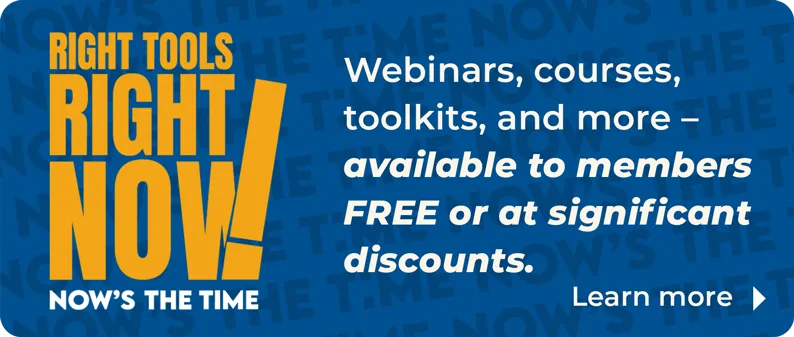
Is science fiction about to become reality? Companies such as Waymo, which started as a Google-funded project to build a fleet of autonomous vehicles, are already testing ride-sharing programs using driverless cars in major markets across the country. Should these tests prove successful, huge changes are in store for the way people live and work—including how real estate professionals connect with their clients on the road. You may find that sharing a ride in an autonomous car is a better way to show your clients around than driving them yourself.
Waymo is currently testing its driverless ride-sharing program in Phoenix, and for now, rides are free. Uber is running its own autonomous test program in Pittsburgh, where it has set up a research center for self-driving autos, and in Phoenix and San Francisco. Travis Kalanick, cofounder and CEO of Uber, which is partnering with Volvo, Ford, and other automakers for its tests, has said that if his company could go completely driverless, it would become significantly less expensive for consumers to ride-share than own a vehicle.
You may want to start thinking now about how developments on the road could affect your business, because the changes might be coming sooner rather than later. Automakers such as Tesla, Mercedes-Benz, and Volvo, which already allow limited hands-free operation on well-marked freeways, plan to begin producing fully autonomous vehicles by 2020. Ford and Daimler, the parent company of Mercedes-Benz, hope to launch driverless models targeting ride-sharing and delivery fleets by 2022.
And get this: Ninety-five percent of the miles traveled in the U.S. will be in self-driving, shared, and electric vehicles by 2030, according to the “Rethinking Transportationpdf” study released in April by tech consultancy RethinkX. “We are on the cusp of one of the fastest, deepest, most consequential disruptions of transportation in history,” the report states. “But there is nothing magical about it. This is driven by the economics.”
If autonomous ride-sharing enters the mainstream and proves a successful way for real estate professionals to transport their client, will you even need your own car? Nearly a quarter of American adults sold or traded in a vehicle in the last year, but 9 percent of that group turned to ride-sharing services such as Lyft or Uber rather than buy another car, according to a Reuters/Ipsos poll conducted in May. Furthermore, computer giant Intel, which is increasingly focused on mobile technology, forecasts that services related to autonomous vehicles will generate $800 billion by 2035—and $7 trillion by 2050.
For practitioners, the transportation revolution could lead to a number of changes. Most notably, it could shift where people live and work and upend traditional property value equations. “Cities are going to look different,” said Roger Lanctot, author of a “passenger economypdf” study by technology giant Intel. Cities could become more appealing to traditional suburbanites, as suburban landmarks such as drive-throughs and gas stations become less common—or even vanish in some areas, according to the Intel study. Plus, without the parking costs that come with owning a car, more people may find city living more affordable.
But for those who’d like to live out in the country, driverless cars—which are expected to reduce traffic congestion and speed up travel—could also make it easier to move farther out into the exurbs. Longer commutes could become easier and more bearable, allowing commuters to work or take a nap during the ride. And commutes are actually likely to get shorter, experts predict, as autonomous vehicles will be able to handle road conditions more smoothly than humans.
A big bonus for real estate professionals is that autonomous vehicles could cut their car-related business expenses in half. For motorists in busy urban areas, it costs about $1.22 per mile—at an average 10,000 miles a year—to operate a private vehicle, according to research by the Boston Consulting Group. For a service such as Uber to operate fully driverless electric vehicles, riders would pay 51 cents per mile, BCG says.
“The economics are so compelling,” says Justin Rose, an analyst with BCG, though he stressed these figures focus on major urban areas such as New York, Los Angeles, and Chicago. The smaller the city, the less the economic advantage, and for the significant percentage of Americans who live in outer suburbs and rural areas, driverless ride-sharing might not make sense.
Automakers are already starting to design their cars for this new world. The Mercedes-Benz F 015 concept, for example, includes seats that swivel in a circle, creating a mobile living room or office. For a real estate agent, that would enable more dynamic meetings with clients between showings. “Autonomous vehicles will reconfigure time and then space,” said Greg Lindsay, a senior fellow at the New Cities Foundation who was involved in the Intel study. Once they become commonplace, driverless cars “could touch on areas of life [we] haven’t considered yet.”








